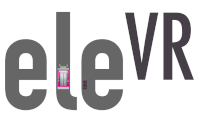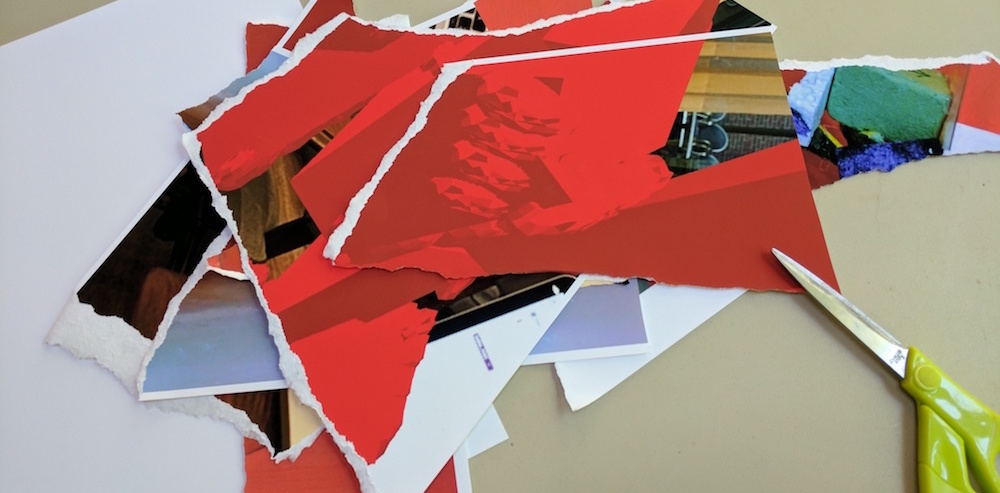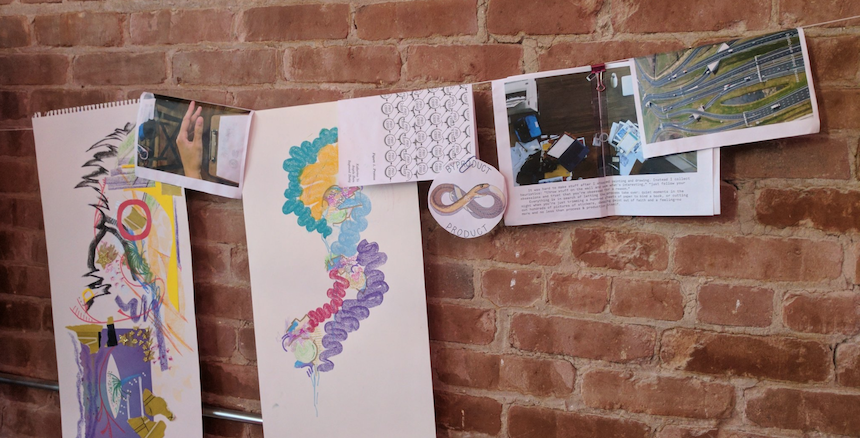Vi Hart, M Eifler, Andrea Hawksley, Evelyn Eastmond – Ongoing
We borrow techniques directly from the art world for critiques, introspection, constraints, and creativity. Different modes of artistic performance and exhibition expand the roles of demos and user testing. Art practices that emphasize individual experience and interpretation give us potential directions for more universal user experiences.
We look at the long dialogue between technology and creation seen in the history of painting, film, literature, architecture, and music, to learn how artistic practices inform the development of technology that is useful, flexible, meaningful, and accessible.
We think art-based research practices can be refined to a process akin to the scientific method, but intended for finding questions rather than answers, shedding light on promising directions for long-term innovation rather than incremental improvement. We think technology uninformed by art is doomed to irrelevance or outright harm, and that for technology to become a human-empowering tool it needs the lessons of meaning that art provides.
Techniques for Creativity
Over time, we have realized that some of the out-of-the-box-thinking, creativity techniques we use share commonalities such as:
- Randomness
- Collage
- Copy
- Constraints
- Traditional Forms
- Artificial Difficulty
- Alternative Materials
- Repetition
- Scale
- Changing zoom, playing with how much context is revealed
- Variations
- Speed
- Erasure
- Changing context and material
- Exhaustion/extensive exposure
Working with these generalized principles helps us:
- Guide towards originality
- Let the medium guide instead of relying on preconceived notions
- Let embodied cognition play a role
- Be less careful and more open, inviting freshness and broadening ideas
- Focus when needed
- Establish a conceptual foundation for our experiments
- Promote maturity and evolution in our ideas
- Not solve problems, but discover interesting questions instead
Techniques for Critique and Discussion
When sharing our work amongst ourselves and with wider audiences, we are always interested in critical feedback and discussion to move the work forward. We have put together this document outlining some of our ideas behind critiquing. Some of our general guidelines for productive discussions include:
For the Researcher
1. What is the context of the work?
2. What is the goal, question, hypothesis?
3. Who is your audience?
4. Present the work honestly.
5. What kind of feedback would be most helpful?
For the Audience
1. Describe what you saw. What is the work saying/demonstrating to you?
2. What works well for you?
3. What doesn’t work for you?
4. What suggestions can you give to move the work forward in the way the researcher needs?


